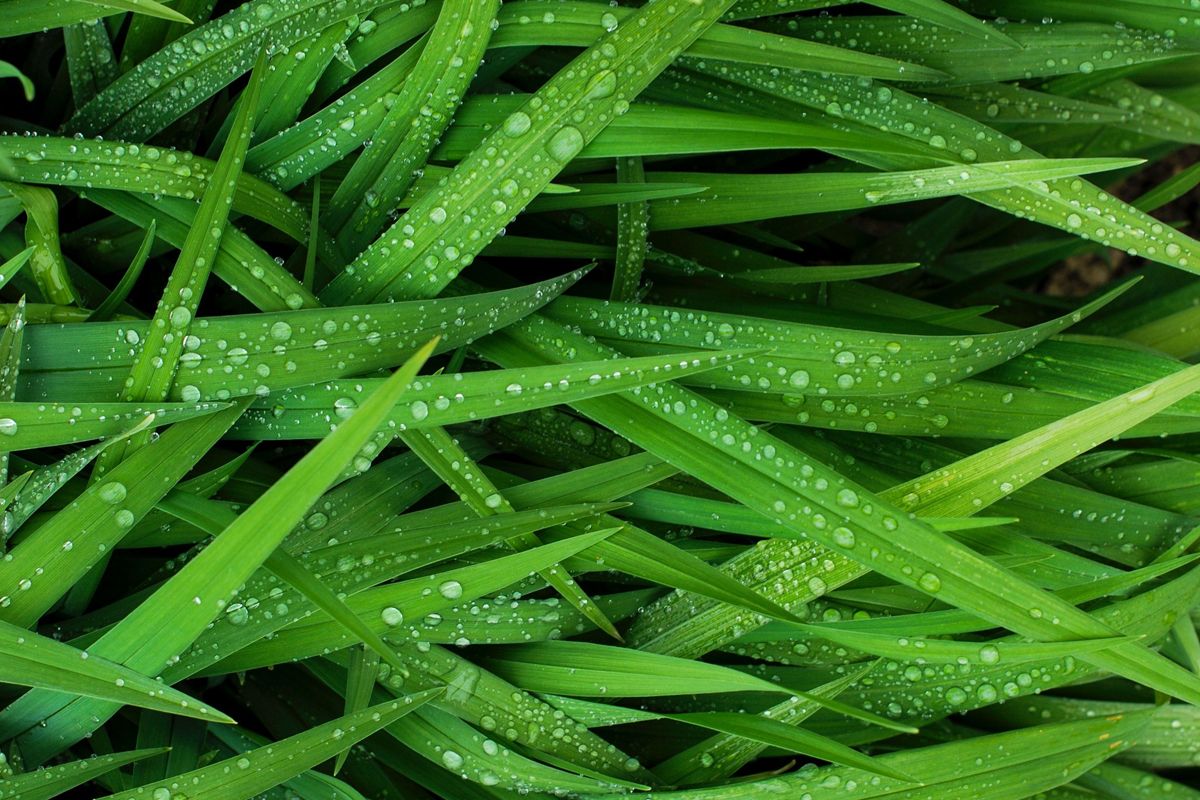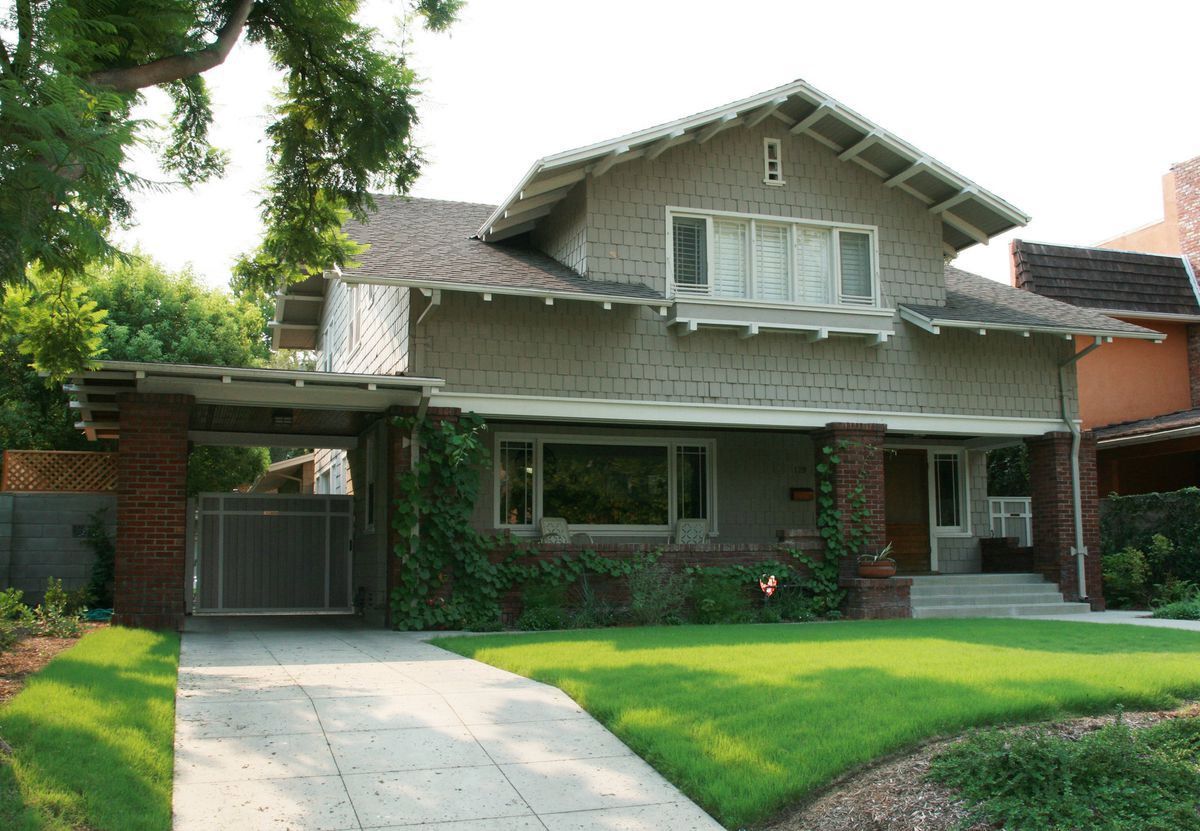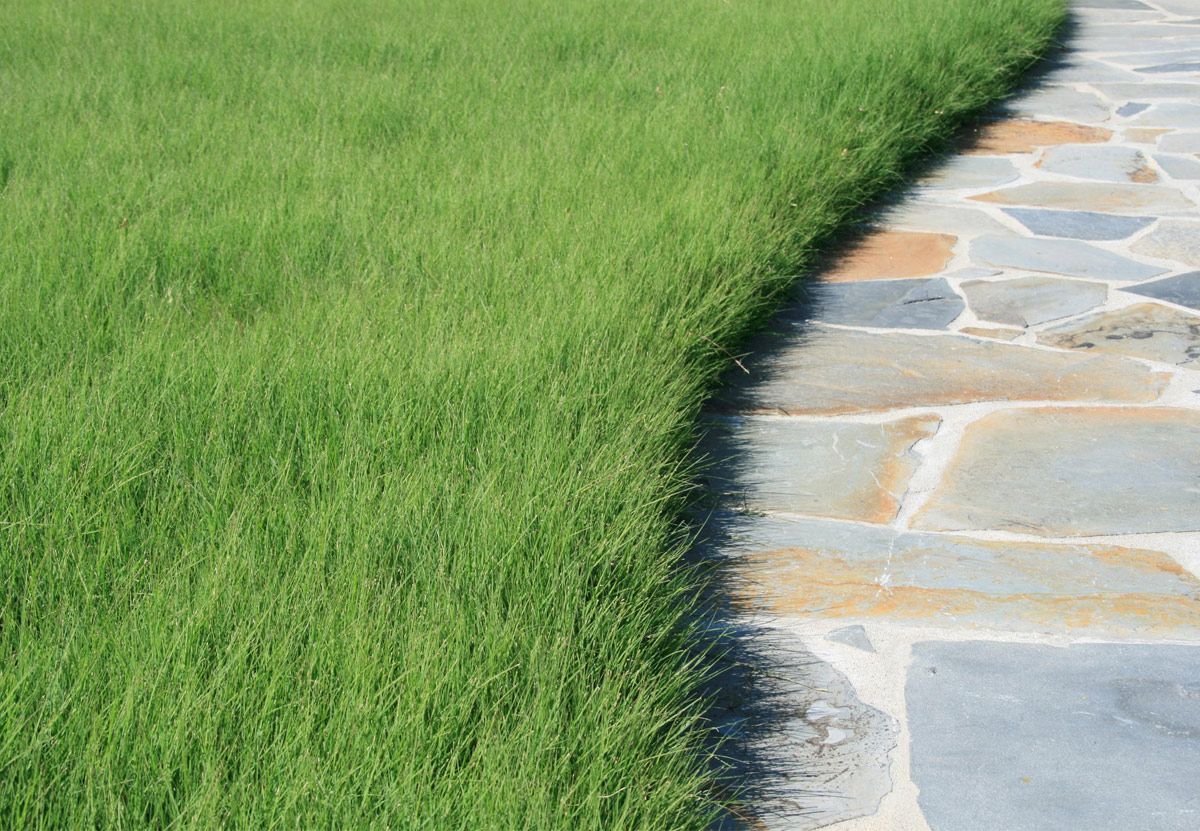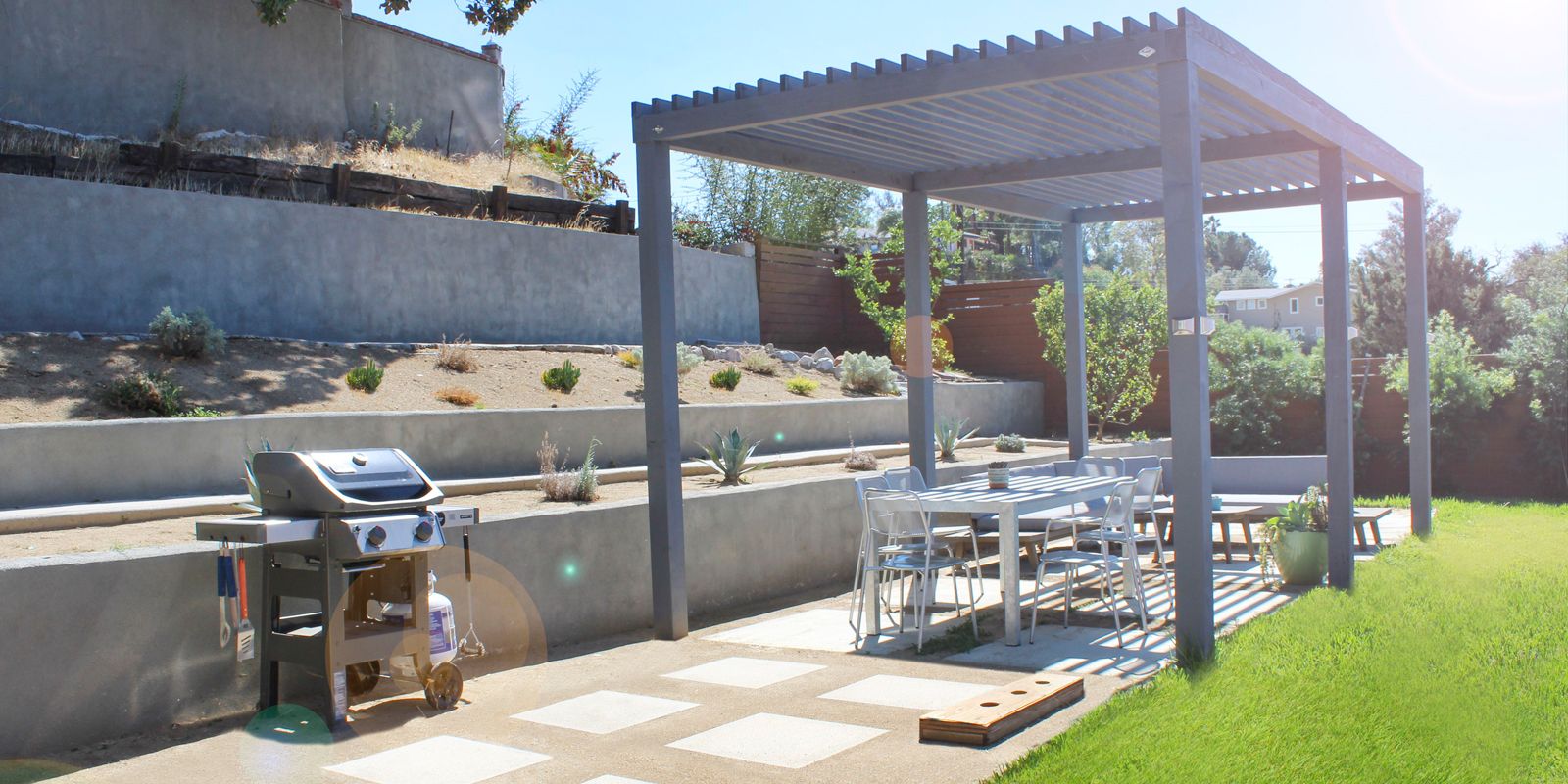Ever wonder why the grass is always greener on your neighbor’s side of the fence? You mow, water and fertilize as often as they do. So why isn’t your yard just as lush and green? Maybe it’s the type of grass on your lawn. We enjoy warm weather and plenty of sunshine year-round, and your turf needs to be able to withstand the long, hot California summers and drought conditions. Here’s a guide to help you choose the right grass for your Los Angeles lawn.
Warm-Season Grass Types
Warm season grasses can stand up to the heat and handle the lack of water. Bahiagrass, Bermudagrass, centipede grass, St. Augustinegrass, and Zoysia grass will all grow when temperatures are between 75 and 90 degrees. These varieties will sometimes go dormant over the winter as the temperature falls. The grass you choose will also depend on how much foot traffic your lawn sees. Some finer varieties won’t stand up well when kids and pets are running across the lawn.
Go Native
If you choose a grass native to Southern California, you won’t have to spend much time or money maintaining your lawn. Several types thrive in Los Angeles, including:
- Sand dune sedge — This grass is commonly found around the beach, but it works great in yards under shade and in sunlight. It can also handle the dry California climate and many types of soil. This beautiful turf will make your yard look supreme and is easy to maintain.
- Native California bentgrass — You’ve likely seen this one before. It’s quite popular in California because of its ability to withstand the heat. This grass does fine with moderate moisture, and it can also survive a dry spell. A plus: It works fine in shade and sunlight just like the sand dune sedge. It also holds up well to kids and pets, and is a great choice for anyone who enjoys going barefoot!
- Buffalograss — Looking for an ultra-low-maintenance option? This one is for you. Buffalograss doesn’t need much moisture and does great in a variety of climates. There is one downfall. You will have to limit the amount of pressure you put on it. Rolling or leaving heavy objects on this grass can damage it, but the turf will thrive just fine as long as you’re gentle.
- Bermudagrass — This is the type you’ll find on baseball fields and golf courses in Los Angeles. It holds up well in the heat, drought, and heavy traffic.
Fake It
Maybe you really want to go low maintenance. You want something that’s nice to put your bare feet on, but you don’t want the hassle of mowing, an expensive water bill or yearly fertilizing. Artificial turf will look great any time of year. It will hold up to heavy traffic and pet waste, although you may have to continually rinse it with a vinegar solution.
Keep in mind, though, that when it comes to lawns, the real thing provides the benefits to the environment. Grass acts as a natural air conditioner and helps keep the air clean by trapping dust, smoke, and other pollutants in the air. A real lawn reduces soil erosion and produces oxygen. Keep the environment in mind when you choose one of these native grasses for your landscape.
Tony Steine, the author of this article, is a garden and landscaping writer. Tony prides himself on finding the easiest way to do anything he can, you can bet he’s tried to make his entire garden self-watering. Of course, he isn’t just about convenience either, adding a unique design flair to everything he does.




